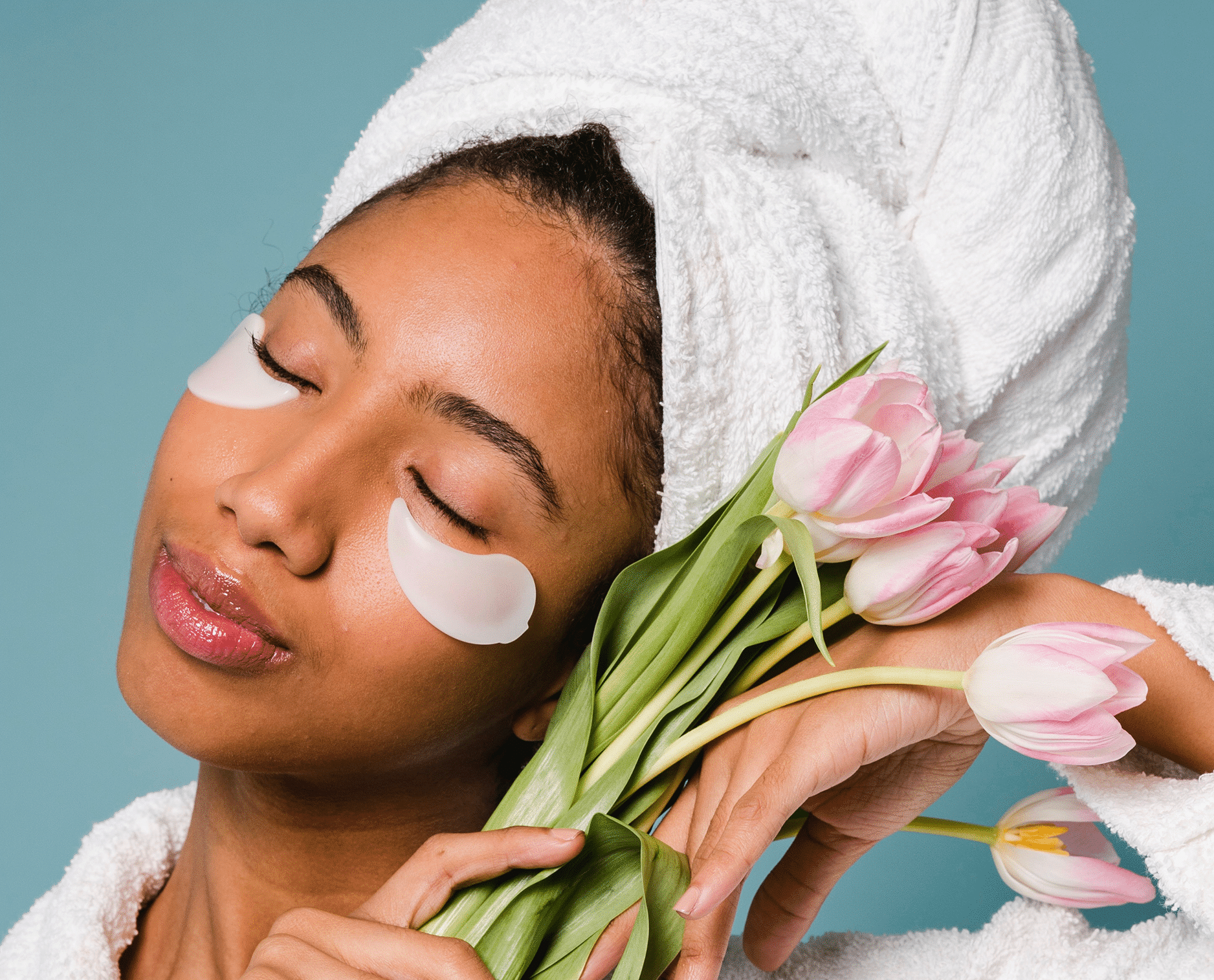The combination of plants and cosmetics, or how plants repair our skin

For decades, plants have been used by almost all peoples for their benefits, whether for medical or cosmetic purposes, so it’s hardly surprising that today plants and cosmetics still go hand in hand, particularly when it comes to repairing our skin. Curative, moisturising, nourishing or purifying properties: plants work in depth to repair all the damaged layers of our skin. The combination of plants and cosmetics is therefore a major asset for keeping your skin healthy and radiant!
Plants and cosmetics : a historic union
One might think that plants are too fragile to withstand a hostile environment, and while this is the case for some, others are capable of withstanding major changes in temperature or unfavourable climates, such as aloe vera. A symbol of strength that perfectly illustrates their usefulness in the world of beauty and particularly in skin care: a good reason to combine plants and cosmetics.
Plants have always been used in cosmetics, and they have the advantage of being naturally loaded with active molecules that give them excellent benefits for the skin. In fact, some help to reduce redness and inflammation, while others are highly moisturising, or have the power to accelerate healing and the regeneration of epidermal cells in particular. Combining plant-based products and cosmetics is therefore the ideal way to care for your skin without damaging it further.
Why choose plant-based cosmetics?
The cosmetics aisles of supermarkets and specialist shops are overflowing, and they all promise miracles: it’s hard to find your way around. However, you need to be careful about the composition of the product, which can sometimes be harmful to your skin. As well as irritating or drying products, most creams, soaps and even make-up on the market contain endocrine disruptors or carcinogenic substances.
To enable all those who wish to do so to turn to alternatives that are just as effective, but more respectful of their bodies, many brands have chosen to combine plant-based products with cosmetics, offering plant-based products that contain a maximum of natural ingredients. They represent a healthy alternative that is also often more environmentally friendly thanks to their minimalist cardboard or paper packaging.
Finally, it’s worth noting that the combination of plant-based ingredients and cosmetics makes it possible to design gentler natural products this means they are suitable for more people, including those with sensitive skin, allergies or skin problems such as acne, eczema or psoriasis, as well as pregnant or breast-feeding women.
What plants can be used to make cosmetics?
It’s a legitimate question: can all plants be used to make cosmetics? Are some more interesting than others? In effect: every plant has its own properties, and not all of them are useful in cosmetics, so you need to choose carefully when you want to make a natural oil, cream, soap or lipstick, for example.
The plants often used to combine botanicals and cosmetics are those containing tannins, saponins or flavonoids. These are scientific names for phytochemical compounds that have beneficial effects on the skin:
- Flavonoids: anti-inflammatory, they are also antioxidant and antibacterial. An ideal cocktail for purifying the skin. Plants rich in flavonoids include nettles and herbs, as well as fruit and vegetables such as leeks, apples and red berries.
- Saponins: very rich, they help the skin to regenerate more easily, and therefore help to reduce scars and fine lines. Plants that contain saponin, are also known as “soap plants”, which include climbing ivy, privet and horse chestnut.
- Tannins: anti-inflammatory and antibacterial, they are also astringent, which means they help the skin’s pores to tighten for a smoothed complexion. Amongst the plants that contain tannins also include hawthorn, chestnut, oak and cypress.